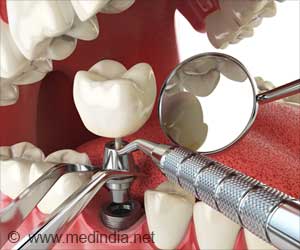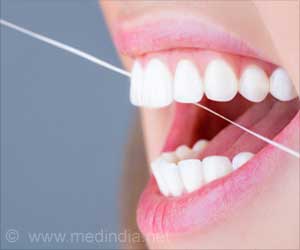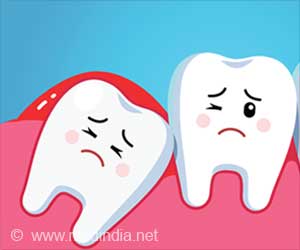The newly-discovered bacterium that leads to gum disease is also responsible for triggering a normally protective protein in the mouth to destroy more bone.

"Identifying the mechanism that is responsible for periodontitis is a major discovery," said Yizu Jiao, a postdoctoral fellow at the U-M Health System, and lead author of the study appearing in the recent issue of the journal Cell Host and Microbe.
Jiao and Noahiro Inohara, research associate professor at the U-M Health System, worked with William Giannobile, professor of dentistry, and Julie Marchesan, formerly of Giannobile's lab.
The study yielded yet another significant finding: the bacterium that causes gum disease, called NI1060, also triggers a normally protective protein in the oral cavity, called Nod1, to turn traitorous and actually trigger bone-destroying cells. Under normal circumstances, Nod1 fights harmful bacterium in the body.
"Nod1 is a part of our protective mechanisms against bacterial infection. It helps us to fight infection by recruiting neutrophils, blood cells that act as bacterial killers," Inohara said. "It also removes harmful bacteria during infection. However, in the case of periodontitis, accumulation of NI1060 stimulates Nod1 to trigger neutrophils and osteoclasts, which are cells that destroy bone in the oral cavity."
Giannobile, who also chairs the Department of Periodontics and Oral Medicine at the U-M School of Dentistry, said understanding what causes gum disease at the molecular level could help develop personalized therapy for dental patients.
Advertisement
Advertisement













